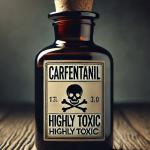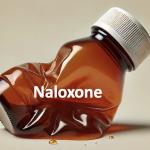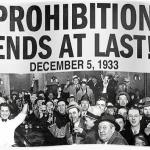A new article that appeared on the Wired website notes that we'll soon know whether a vaccine designed to prevent fentanyl overdoses in people will
Fentanyl
For years, we’ve been told a simple story about the “opioid epidemic”: first, doctors prescribed too many pills, then reformulated OxyContin “drove” people to heroin, then fentanyl arrived, and now a wave of ultra-potent synthetics is killing “naï
Join Cameron English and Dr. Chuck Dinerstein on Episode 131 of the Science Dispatch podcast as they discuss:
Purdue Pharma recently reached a $7.4 billion settlement with all 50 states and the Di
A February 25
Last month I wrote about the possibility that naloxone – the only opioid overdose antidote – may no longer work because of carfentanil-laced street drugs.
A recent New York Times article described how Mexican drug cartels were recruiting college students (actually posing as real recruiters) to make fentanyl. Why?
Join Cameron English and Dr. Chuck Dinerstein on Episode 85 of the Science Dispatch podcast as they discuss:












